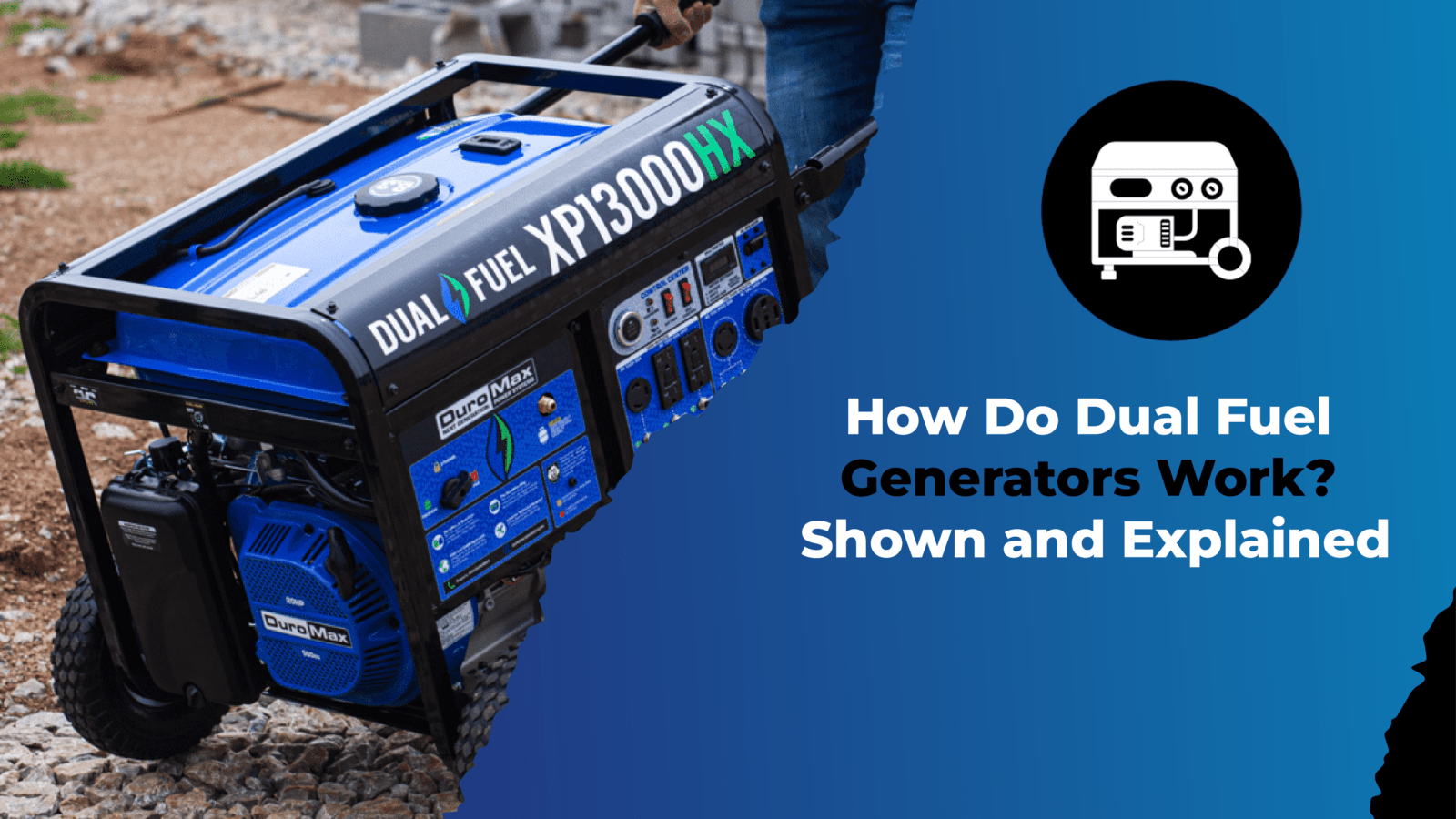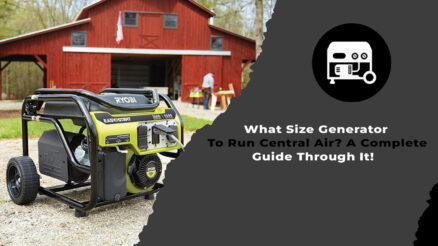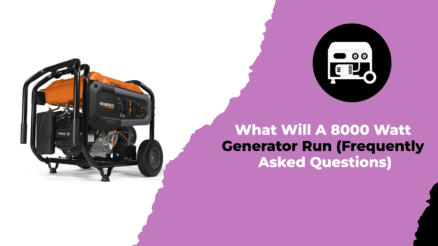Every one of us knows the importance of generators in our lives. We can’t imagine our life without electrical appliances that we use in our daily life. And what if there is a power outage? YES! You got it Right. Generator! The generator is the power bank that transfers electric energy to our home appliances and makes them run until there is a fuel supply.
Using a generator means a mess of cables in your home that cause someone to fall or sudden electrical shock. So many people use the technique of back feeding to supply electricity to their homes by reversing the flow of power. But backfeeding is not a safe process. You have to take the help of some professional otherwise it can be very hazardous and may take the life of some electrical personnel. So precautions are compulsory if you want to back feed your generator.
What is Back feeding?
Transformers send power to the power panel of your home by reducing the voltage to the safe 240 volts. This distributed power is enough to light up all your home appliances. When you backed your generator it means that you are reversing the flow of power which is very dangerous.
In this case, power from the main electricity source directly comes to your circuit breaker most often called unfiltered power. The generator is connected to the circuit breaker through the transfer switch and distributes energy to the home appliances.
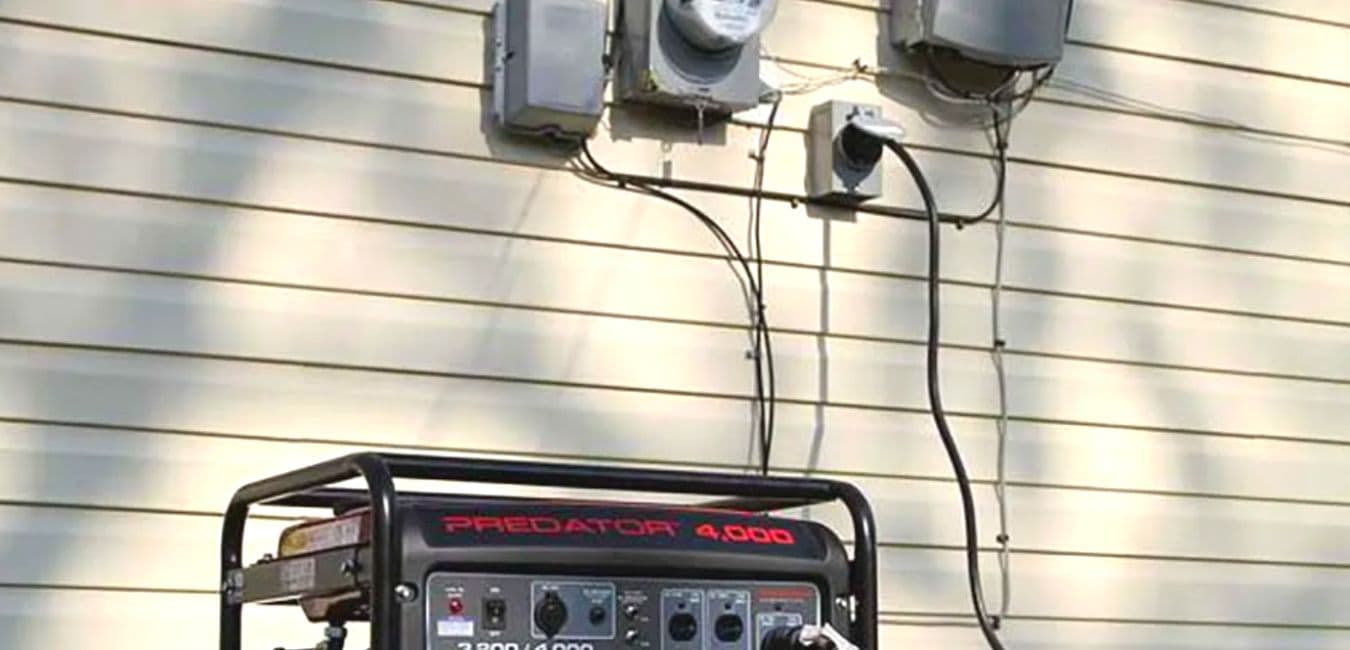
This unfiltered power is very dangerous for home electrical appliances as it overloads the power supply. There is a strong chance that your TV, refrigerator, or other devices may be burnt out because of this overloaded supply of electricity.
This is usually done during long power outages. back feeding is not only dangerous for your home appliances but it can also shock the electrical personnel working on the lines to secure the power. Any damage to them may cause you to face the strict jurisdiction process.
I highly Condemn back feeding, it’s an illegal and unsafe process.
What is Transfer Switch and what are its Functions?
Transfer switches play an important role in the safe conduction of electricity. Many industries, companies, and homes have standby generators that are used in longer power outages. These generators are large enough to supply all home appliances with electric energy.
In this case, a transfer switch is used to transfer electricity safely from the generator to the appliances. The main circuit is totally isolated from the generator with this configuration thus saving you from various hazards.
Transfer switch nullifies the chances of any electrical shock or the overloading of devices and other issues by stopping electricity from back-fed into the electrical grid. There are manual or automatic transfer switches used for this purpose.
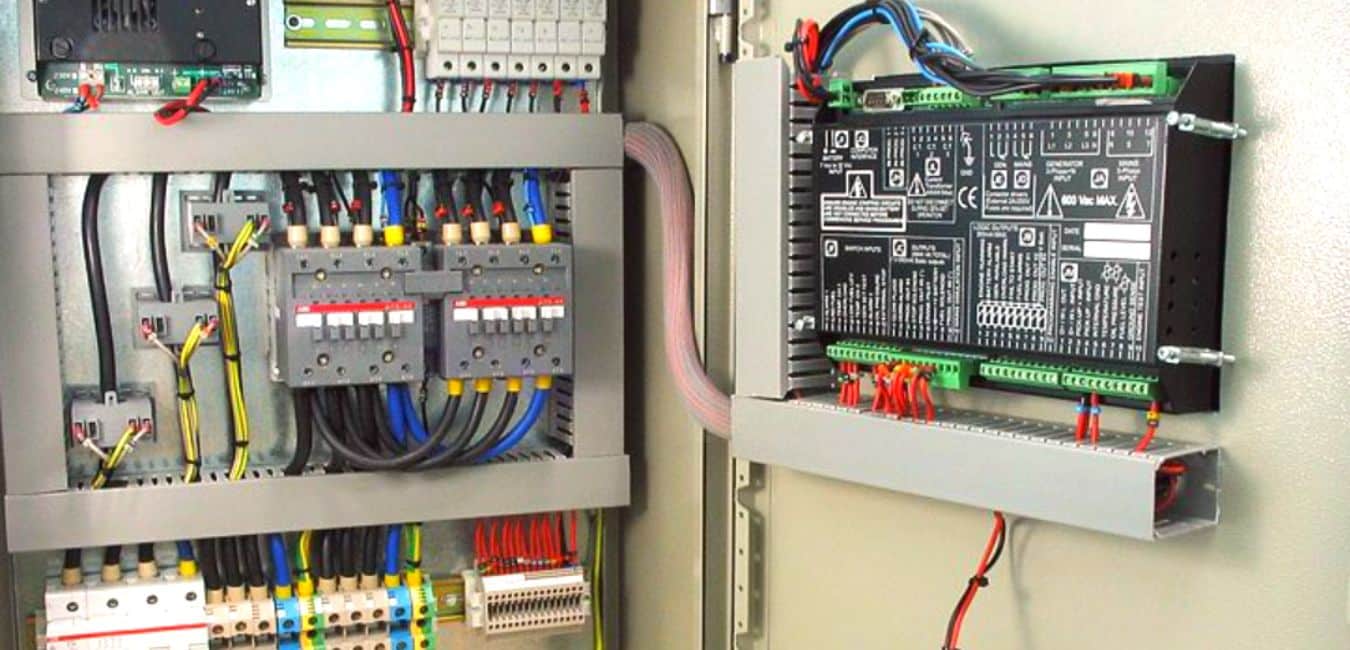
When you use a manual transfer switch (MTS), you have to turn it on first in a power outage to switch to the alternate energy source. On the other hand, an automatic transfer switch is activated right away whenever one of the two linked power sources experiences a loss or gain of power.
Automatic transfer switches (ATS) allow a smoother transition between the regular power grid and their backup generators without any noticeable delays and with little to no work on their part in terms of tracking, monitoring, or tracking.
I will not shy from saying that a transfer switch is the safest option to power your home through the help of a generator.
Is Back feeding a generator Illegal?
A back feeding Generator is a highly illegal and unsafe method to transfer electricity to your house. It not only makes you accountable but also damages your appliances. Usually, electrical personnel works on the down utility lines to restore the power connection and when someone back-feeds the generator, this personnel may receive a severe shock. This can also take their life and for this only you are responsible.
You may have to face judiciary trials. If someone is caught doing this they also have to pay a heavy fine and their connection may disconnect. So, to keep yourself away from these punishments, there is a safe way to install manual or automatic transfer switches. It will save you and your appliances from any damage and also avoid any injury to the lineman.
Can Backfeeding be Done Safely?
Yes, the safest method of back feeding is by the transfer switch. Two types of transfer switches are available as we have also discussed earlier.
You can use any of them to achieve your goal. I would recommend you take the help of some professional to avoid any serious damage to you and the lineman. We have devised some easy steps for you, you can follow these steps for easy and safe back feeding of a generator through the transfer switch.
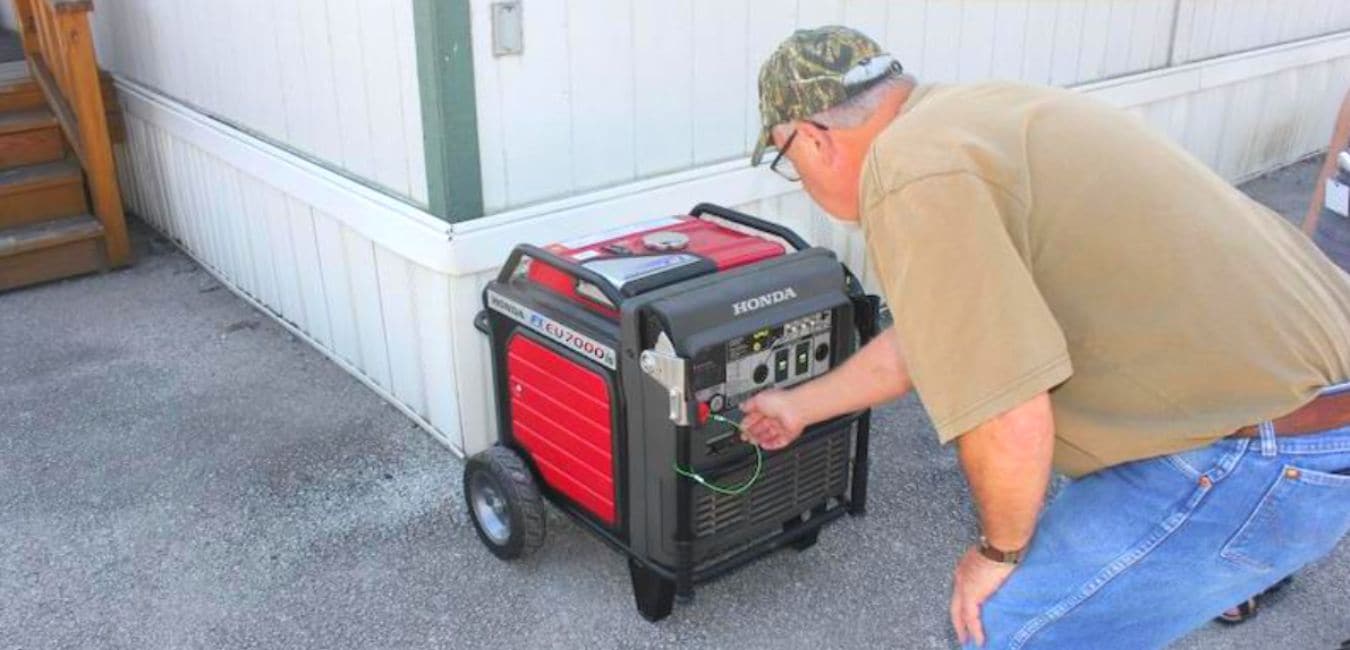
- The first and foremost step is to power off all the transfer switch circuits.
- You can do this by using a gen cord or stinger cable and attaching the generator to the outside power outlet.
- Run a generator for a good 10 to 15 minutes.
- From “line” to “generator” power, turn the transfer switch breakers.
- To just power, the necessary appliances, turn on one circuit at a time.
- Avoid overloading the generator as it is very dangerous for your appliances and severe life risks are attached to it.
Back Feeding a Generator – FAQs
End
backfeeding your generator will put you in danger of serious harm or death. Regardless of whether there are purportedly “legal” ways to accomplish so, it should not be practised. Your only choice is to operate your generator safely.
When using a generator for the first time, you run the risk of back feeding, which might be a fatal error. Because of this, it’s crucial that you read the owner’s instructions before using a generator for the first time.
I would recommend you to take the help of some professional. Both house and portable generators are at risk from backfeeding.



